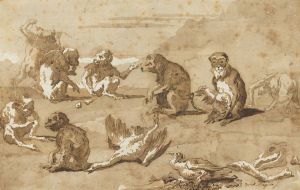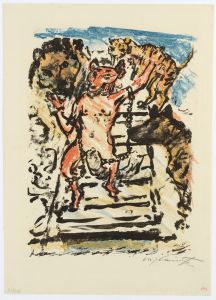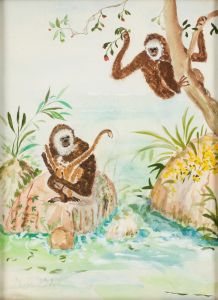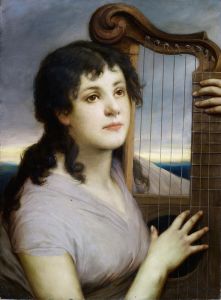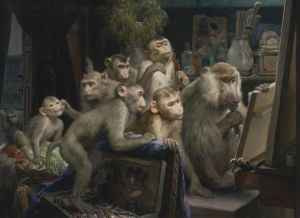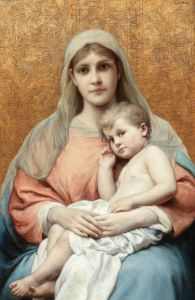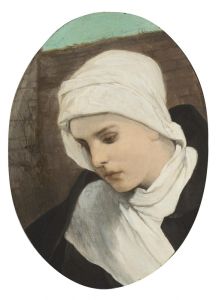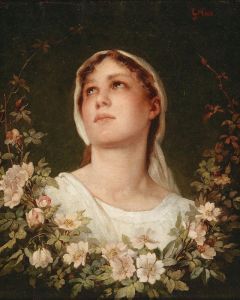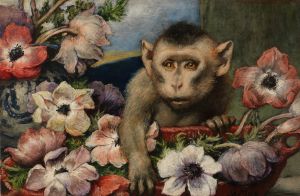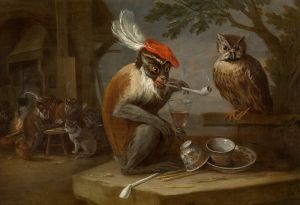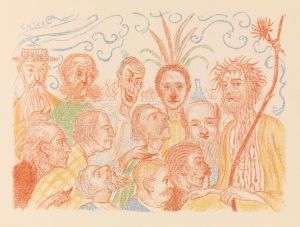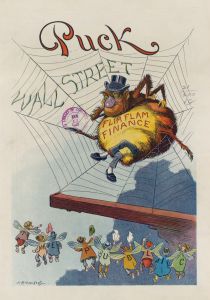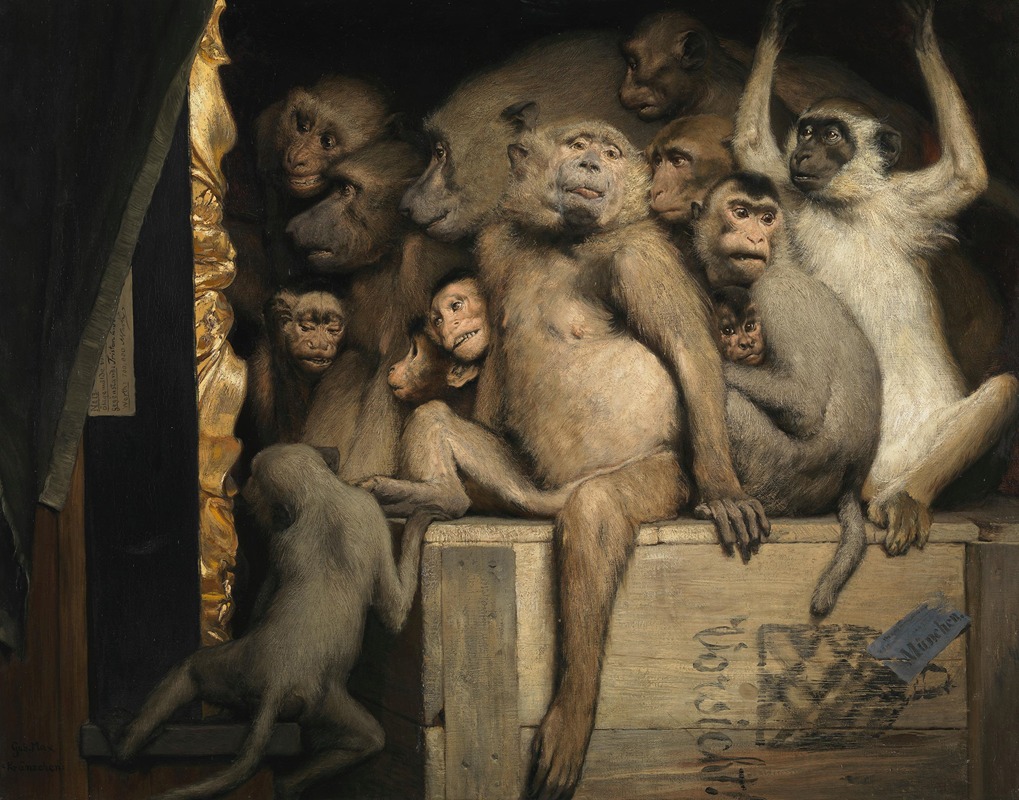
Monkeys as Judges of Art
A hand-painted replica of Gabriel von Max’s masterpiece Monkeys as Judges of Art, meticulously crafted by professional artists to capture the true essence of the original. Each piece is created with museum-quality canvas and rare mineral pigments, carefully painted by experienced artists with delicate brushstrokes and rich, layered colors to perfectly recreate the texture of the original artwork. Unlike machine-printed reproductions, this hand-painted version brings the painting to life, infused with the artist’s emotions and skill in every stroke. Whether for personal collection or home decoration, it instantly elevates the artistic atmosphere of any space.
"Monkeys as Judges of Art" is a painting created by Gabriel von Max, a 19th-century Austrian painter known for his interest in spiritualism, anthropology, and the natural sciences. The artwork, completed in 1889, is one of von Max's most famous works and exemplifies his fascination with both human and animal behavior.
The painting depicts a group of monkeys gathered around a collection of artworks, seemingly engaged in the act of critiquing or judging the pieces. The scene is both humorous and thought-provoking, as it invites viewers to reflect on the nature of art criticism and the human tendency to project intellectual or emotional qualities onto animals. The monkeys are portrayed with a high level of detail, showcasing von Max's skill as a realist painter and his scientific interest in primates.
Gabriel von Max was known for keeping monkeys as pets, and they often served as subjects in his paintings. His interest in Darwinism and evolutionary theory influenced his artistic exploration of the connections between humans and animals. "Monkeys as Judges of Art" can be interpreted as a satirical commentary on the art world of the time, though von Max's exact intentions remain a subject of discussion among art historians.
The painting is part of the collection of the Neue Pinakothek in Munich, Germany, where it continues to be appreciated for its unique blend of humor, technical skill, and intellectual depth. It remains a notable example of 19th-century European art that bridges the gap between scientific inquiry and artistic expression.





